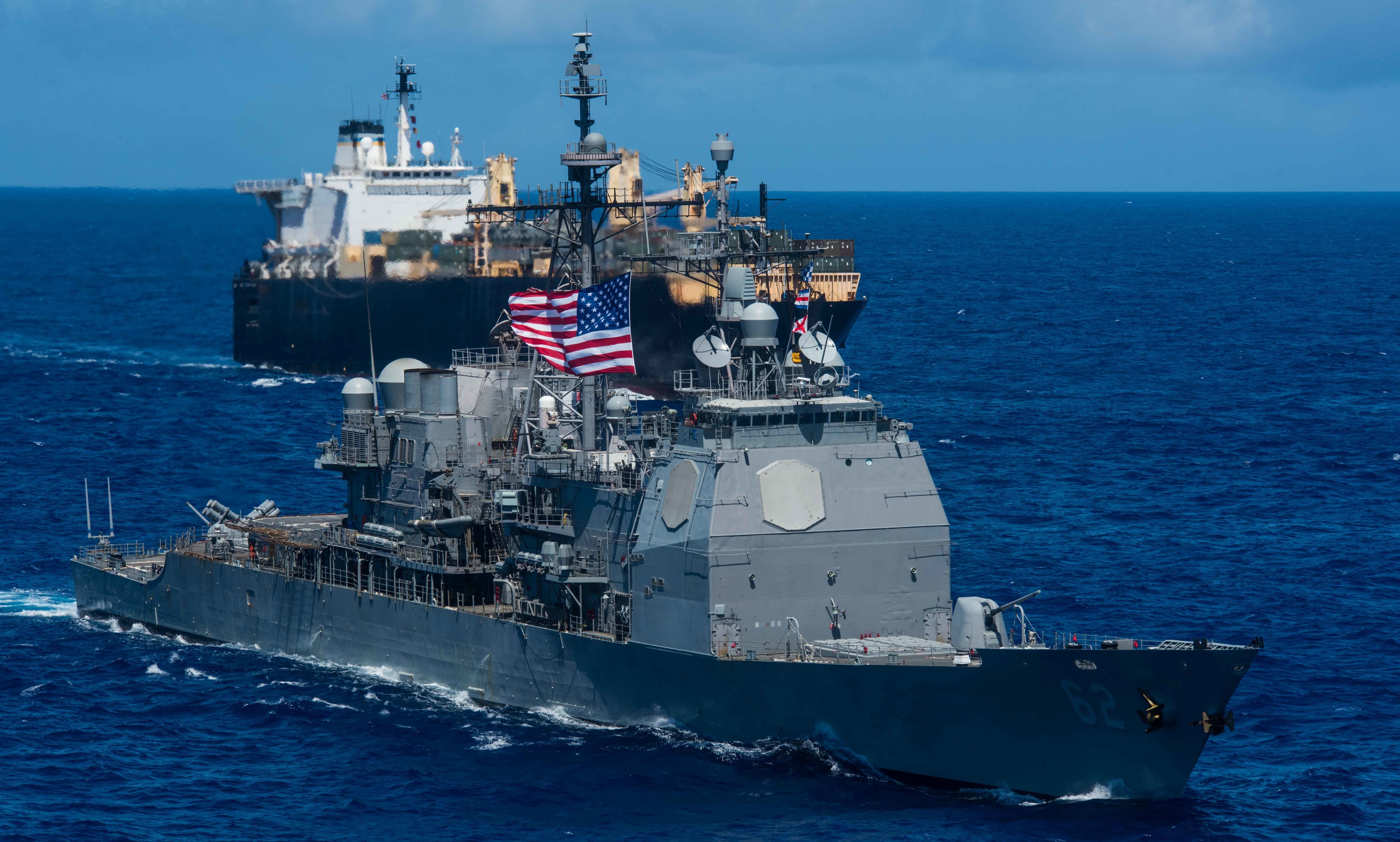It probably shouldn’t have taken an executive order from the president to let experienced service members get merchant marine credentials, but that’s what finally happened on Monday.
By signing an executive order entitled “Supporting the Transition of Active Duty Service Members and Military Veterans into the Merchant Marine,” President Donald Trump indicated that helping veterans land good blue collar jobs at sea will strengthen national security, too.
Trump’s declaration is designed to allow Navy, Coast Guard and Army Watercraft Systems personnel leaving active duty to apply their training and experience to land future careers in the maritime industry.
“It makes it easier for sea service veterans to get high-paying, high-skilled jobs as mariners by waiving government-issued licensing fees and by crediting military training in the National Maritime Center credentialing system,” said Peter Navarro, the director of the Office of Trade and Manufacturing Policy, during a conference call with reporters on Monday.
A direct White House adviser to Trump, Navarro said that the executive order makes it easier for enlisted sailors and officers to qualify as “mates and engineers” under the Coast Guard’s civilian mariner licensing rule.
Previously, sailors and other service members had to start over by enrolling in basic maritime classes, often paying $25,000 to meet the requirements.
Trump’s executive order should allow service members on active duty to simultaneous earn qualifications at sea while also netting equivalent civilian licenses along the way, Navarro said.
Those who already separated also could be fast-tracked to getting licensed, but Navarro said more work must be done there.
Before all of this becomes a reality, the Navy first must work with the Coast Guard to get schools, qualifications and experiences certified for civilian licensing.
The Army’s already done this for their active-duty mariners, said retired Navy Rear Adm. Mark H. “Buz” Buzby, the Maritime Administrator.
“I think this is a huge step in the right direction and something the nation critically needs,” Buzby told Navy Times by telephone.
A graduate of the Merchant Marine Academy and career naval officer. before joining the U.S. Department of Transportation Buzby led Military Sealift Command, the government’s largest employer of civilian mariners.
Their supply ships replenish the Navy’s fleet at sea and would be called upon to ferry materiel to Marines and soldiers fighting overseas in a ground war.
And they depend on qualified merchant mariners, which is why Trump’s executive order is important to national security, too.
RELATED

On April 24, Buzby warned senators that an outbreak of war likely would find the nation with a "shortfall of 1,800 qualified mariners in the event of a full, prolonged mobilization” — and that’s assuming a best case scenario, with no losses of ships or personnel.
Only weeks earlier, he warned House lawmakers that dwindling numbers of commercial vessels and qualified crew members to man them might make the “surge” of sealift necessary to support operations difficult.
“Because of the historically low number of ships in the U.S.-flag, oceangoing fleet over the past several years, I am concerned about the availability of a sufficient number of qualified mariners with the necessary endorsements to operate large ships (unlimited horsepower and unlimited tonnage) and to sustain a prolonged sealift mobilization beyond the first four to six months,” Buzby said.
“Historically, the men and women of the merchant marine have always stood up in times of need to meet any task set for them and would likely extend their time at sea beyond normal tours if called upon to do so. However, it is critical to ensure we have enough qualified U.S. mariners to safely crew our government vessels so that the readiness of the force is not negatively impacted.”
What’s good for national security also is good for American workers, Navarro added during his round table with reporters.
He pointed to the average annual wages paid to water transportation workers — $65,720 per year, which is well above the national occupational average of $50,620 — and members of the U.S. Merchant Marine routinely earn even more.
“So this is a great opportunity for sea veterans to seamlessly transition into really good, high-paying jobs that will help our national security front,” Navarro said.
Mark D. Faram is a former reporter for Navy Times. He was a senior writer covering personnel, cultural and historical issues. A nine-year active duty Navy veteran, Faram served from 1978 to 1987 as a Navy Diver and photographer.




